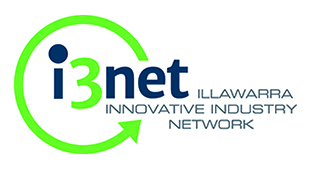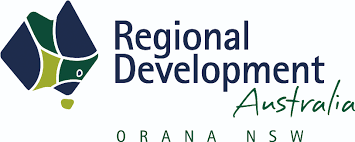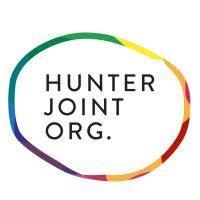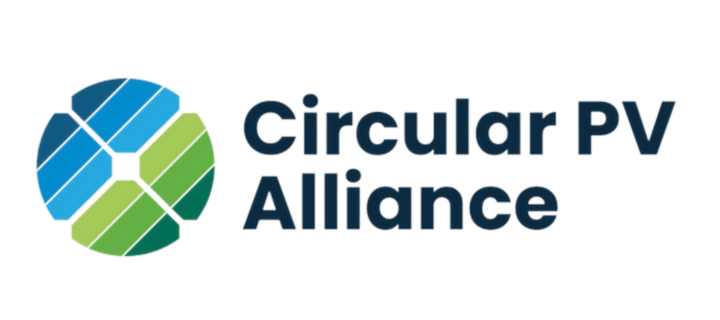Mining, Exploration and Geoscience release information on study pathways into the mining industry
Despite 2020 challenging the people of NSW with drought and bushfires, as well as the health and employment impacts of COVID-19, mining has continued to perform well
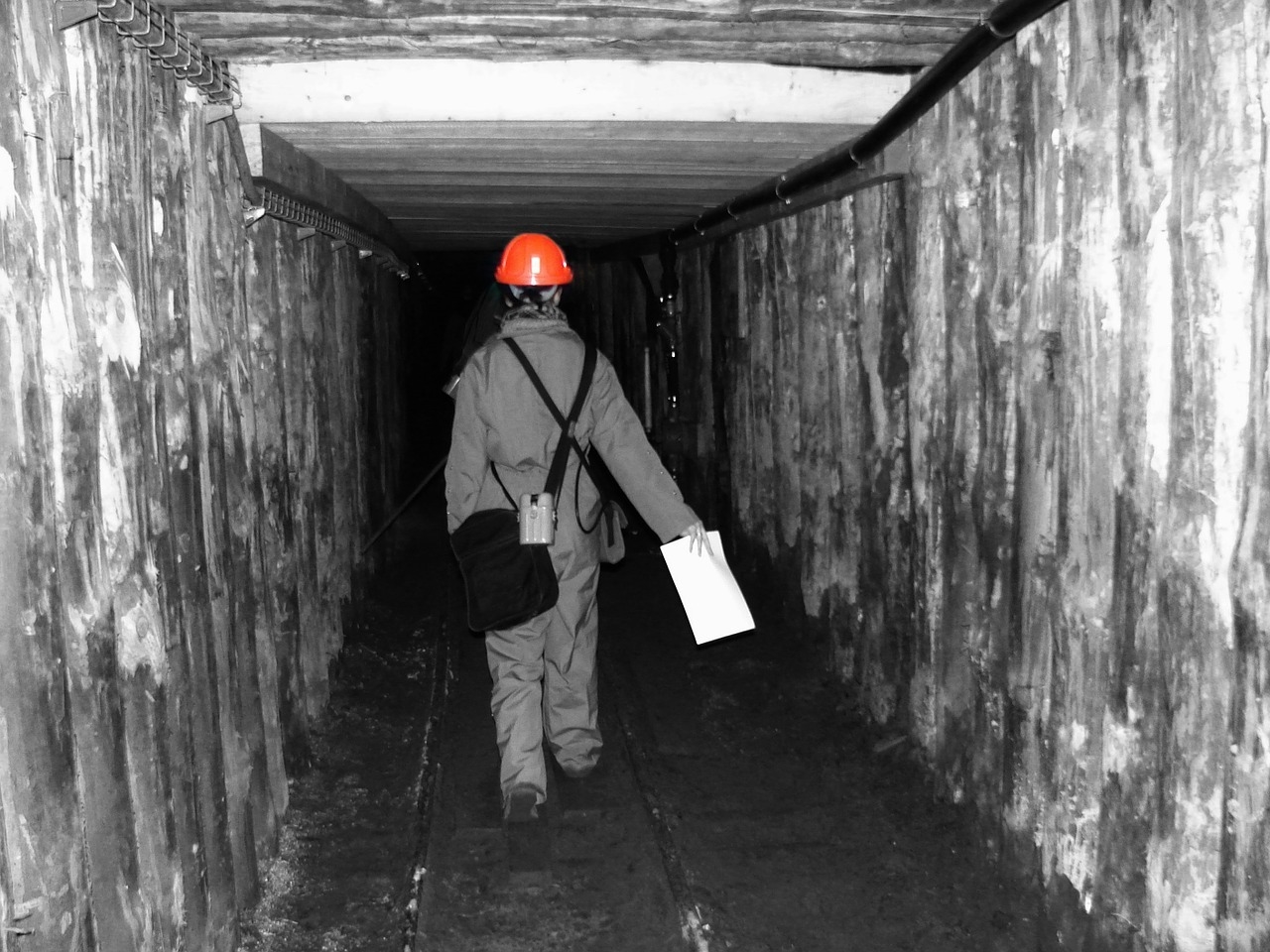
Despite the challenges NSW has faced in 2020, the mining industry has been comparatively resilient. The Australian Bureau of Statistics reported in August 2020 there was a nine per cent increase in exports of metalliferous ores (including copper, gold and iron ore).
Mining is a major industry in Australia and coal has been an important export commodity for more than a quarter of a century. In 2018-19, Australia’s top exports were iron ore and coal; the nation is the world’s second-largest exporter of coal.
NSW continues to have a plentiful supply of in-demand resources, from the current coal fields to the emerging potential of hi-tech metal sites near Dubbo, Broken Hill and Parkes. Hi-tech metals are used in batteries, mobile phones, wind turbines, satellites and electric cars, enabling a technology-based future.
While COVID-19 has changed the immediate economic and employment landscape, the mining industry has been changing over time.
The structure of the workforce has evolved. Historically an industry dominated by men, it is increasingly representative of the communities it operates in. Commonwealth figures show 17 percent of employees in the mining industry are women; who are employed in a wide range of roles from mining superintendents to machinery operators and environmental specialists.
A Closing the Gap report states in 2016 the industry employed two-and-a-half times the number of Indigenous people compared to 2006. Many mining companies now have Reconciliation Actions Plans and Whitehaven Coal at Maules Creek has had great success, exceeding its target of ten per cent Indigenous employment.
The types of roles are changing as well. For school leavers, and for TAFE and university graduates, the skills needed to work in mining today and into the future are very different to what they were the past. Current opportunities range from geology to boilermaking, from human resources to finance, from engineering to communications, just to name a few. With cutting-edge innovators with world-class science and technology, mining in NSW is becoming more automated and there is a growing emphasis on social and environmental sustainability over the life of a mine. This means there are exciting opportunities for university graduates in areas as varied as data analysis, software development and environmental science.
For people in their last years of schooling or considering changing their career path, now is a great time to think about getting involved in mining.
The Department of Regional NSW has developed a Mining Career Information Pack to showcase study pathways into the mining sector and includes packs tailored to local opportunities in the Central and Far West, Hunter, Illawarra-Shoalhaven and New England North West regions.
The Department also provides information on training and mentoring opportunities for women and Indigenous people who want to know more about the benefits of working in the mining industry.
The NSW Government strongly supports the minerals industry and the responsible development of the mineral resources.
It is actively implementing the NSW Minerals Strategy to provide better data, improved communication, a more skilled workforce and more effective and efficient regulation and services.


